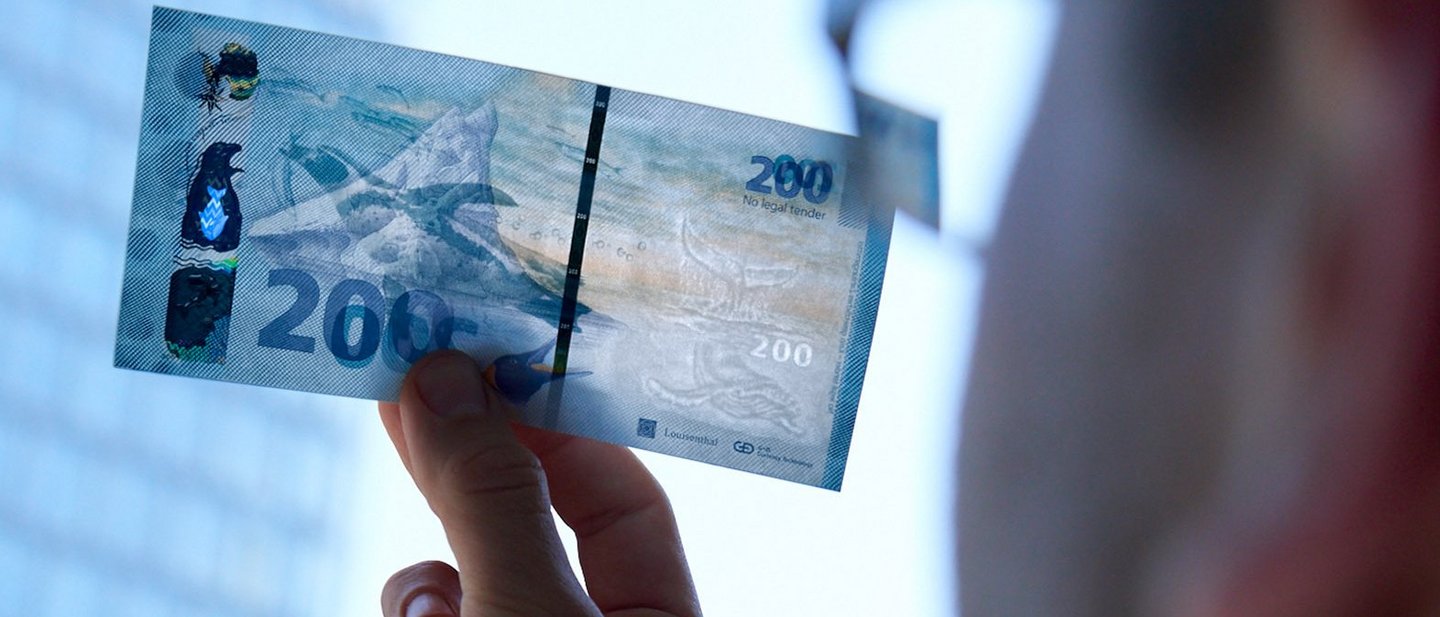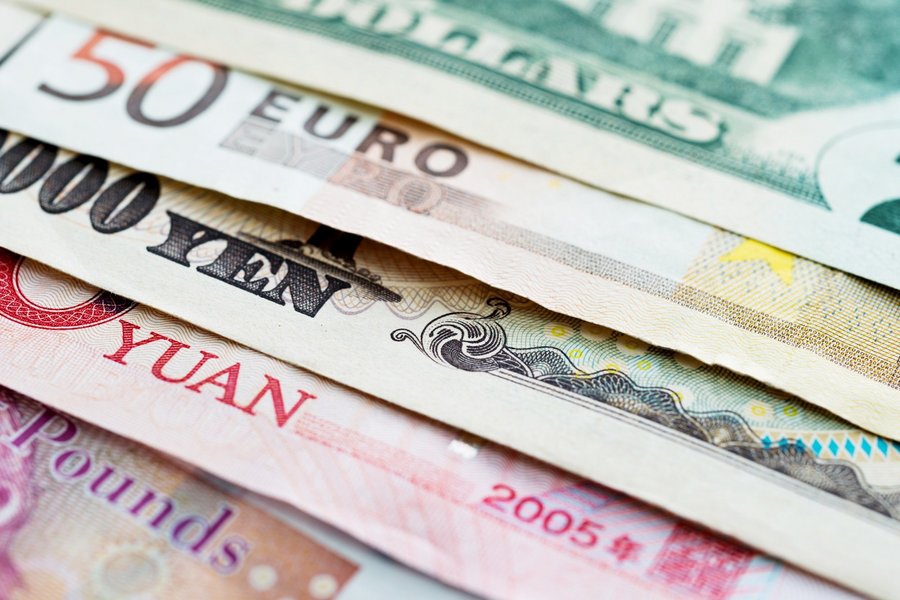As you’ve said, cash activates our reward system and is not that dissimilar to food.
This “monetary stimulus” does something to us; it triggers a kind of “goal attainment reflex.” We want to have it and own it; it makes us more ambitious. Cash alternatives don’t trigger something like that yet. These triggers, these stimuli work best with the haptics of real money.
And, of course, that extends into the design of cash: the perception of cash, for example, is quite different when it depicts people rather than the kind of stylized bridges and arches that currently characterize euro banknotes.
That may be true; however, with the current euro payment instruments, the European Central Bank has achieved what every country, every region, and every government strives for: universal identification. The countries in the eurozone have identified themselves with the EU far more strongly than those that have not joined the monetary union.
That also raises the question of whether, in an increasingly uncertain world, stronger means of identification and new, better means of communication are more necessary than ever?
That’s where it becomes fundamentally important again to integrate symbols with recognition and identification value. People always find identity for themselves when they can form a group with those who are like them. In this way, we distinguish ourselves from others. The eurozone can also distinguish itself from those who are not part of it – by defining values and symbols that it, and its inhabitants, can be proud of, which constitute the European idea.
Does that also suggest a “return to haptics”?
Above all, this means consistently focusing on what makes cash cash per se: the feel, the design, the identification, and the unique combination. That is what makes the banknote so precious. Virtualizing them in terms of appearance and haptics makes little sense to me. It would make much more sense to work with a kind of “collector effect.” People are hunters – they have the need to own something special.
And that’s a reflex that could be addressed via cash?
Yes, by making every single bill special, making it a “collector's item”: a haptic experience that appeals to the heart! Cash is, after all, a gift from the state to its citizens. A gift that is based on a certain idea, that is associated with costs and efforts. This value of money should come more to the fore again.
Because from the combination of heart and haptics comes more than just a placing of the value on the appearance?
I would even go one step further: every banknote should inform about the real benefits of cash and should educate and raise awareness. To do this, we need to make it even clearer what its advantages are in terms of data security and anonymity. Especially – but not only – toward the younger target group. In addition to its function as a means of payment, we should also understand and use cash as a conveyor of data protection and more.





